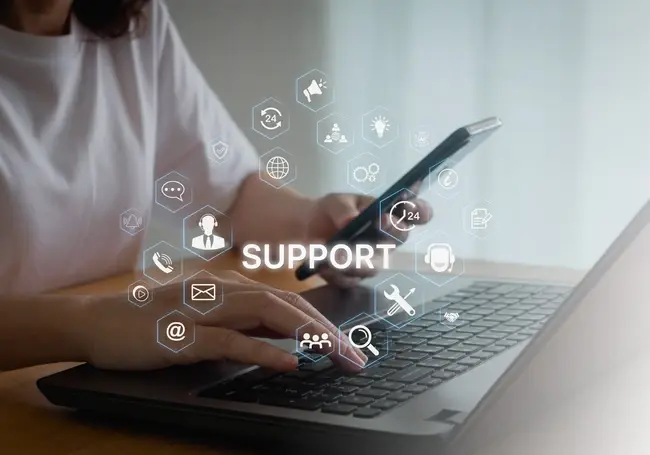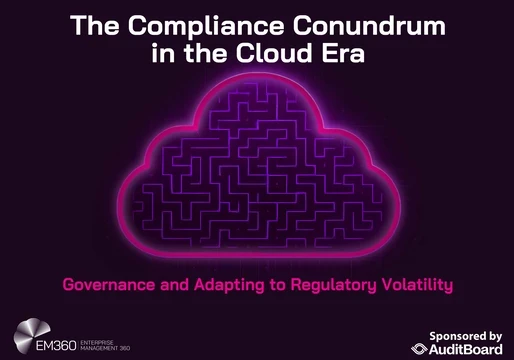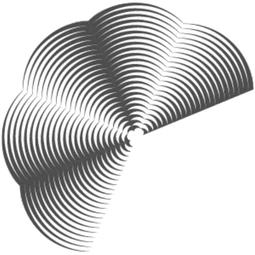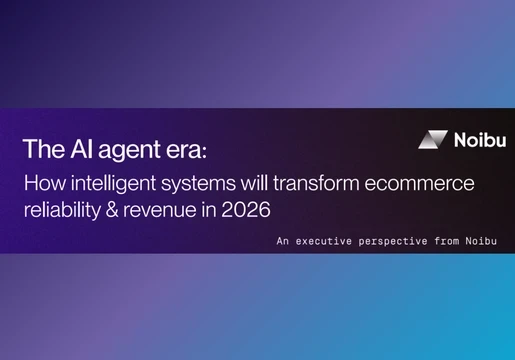Remote Monitoring and Management, or RMM, is a software that allows IT professionals and managed service providers to remotely oversee and control IT assets and infrastructure. It’s a collection of tools designed to help teams maintain the health, security, and performance of their IT systems, without having to be physically with the device.
This kind of remote control is increasingly important in a digital and distributed world. For remote workers using company assets and infrastructure, this software allows
In this guide, we’ll delve deeper into what RMM involves, and how modern day businesses can benefit from it.

Understanding Remote Monitoring and Management
Remote Monitoring and Management is a collection of tools and softwares that are designed to assist internal IT professionals and managed service providers (MSPs). They allow these teams to maintain the health, performance, and security of a network from a remote location, eliminating the need to be with the user or device.
RMM tools allow for the automation of routine tasks, allowing professionals to detect any issues before they turn into critical errors. This software also allows for IT support teams to execute maintenance and support remotely, by logging in and taking control of the device for any necessary changes and updates.
Key Features of RMM Software
There are a number of features that make RMM software an attractive option for businesses.
Real-time monitoring
Remote monitoring and management tools allow for continuous checks and monitoring of systems for things like performance issues, any downtime, and potential security threats. IT teams are able to check devices in real time, removing the risks of any issues causing further problems.
Remote access and control
While completing real-time monitoring, IT teams and managers can quickly take control of specific devices in order to mitigate any issues. This allows them to perform any troubleshooting processes from anywhere, removing any need for physical, on site visits.
Automated maintenance
Thanks to the remote nature of RMM software, updates, patches, and routine tasks are automated, allowing for easy maintenance.
Reporting and alerts
RMM software will generate regular and detailed reports, giving instant alerts if and when any problems have been flagged.
Asset management
Remote monitoring and management tools regularly track hardware and software through the entire network. This allows for full compliance and visibility across all inventory, allowing managers to better track assets.

Why RMM is Important
RMM software and tools provide a number of critical benefits for both businesses and service providers. These include:
- Increased efficiency: IT teams are able to manage various endpoints from a single system. This saves time and resources for businesses and service providers.
- Proactive problem solving: RMM software identifies and resolves any critical issues before they have the chance to severely impact any business operations.
- Cost saving implications: Remote management tools reduce any need for on site support and maintenance, minimising any downtime or unproductive time.
- Scalable: RMM software is ideal for businesses that manage a large number of devices and assets across a wide range of locations. This means that any new devices will need to have software uploaded before being used. This quick and easy setup makes it easy to scale at speed.
- Enhanced security: This software makes it easy to monitor and update all assets and devices at once, reducing any risks of cyberattacks across the businesses network.
Who Uses RMM Software?
Remote monitoring and management tools can be used by businesses of any size. However, they are most commonly used by managed service providers (MSPs) who offer remote IT support to their clients. This is because the RMM software allows them to log in, make changes and take control of the devices without having to physically travel to the location.
RMM tools are also used by in-house IT departments, who utilise the software to better manage their own infrastructure — especially within hybrid or remote working environments. This is especially useful when managing sensitive data and information.
Remote Monitoring and Management Software in the Future
As businesses move more into utilising cloud technologies, hybrid working environments, and Internet of Things (IoT) devices, remote monitoring and management software will only continue to grow. Future RMM platforms are expected to become even more intelligent, predictive, and automated, thanks to the rise in artificial intelligence.
RMM is now a necessity for businesses who want to maintain secure, robust, and efficient IT operations. From MSP to internal IT teams, investing in RMM software is a strategic move to keep updated in the fast-paced digital business world.







Comments ( 0 )